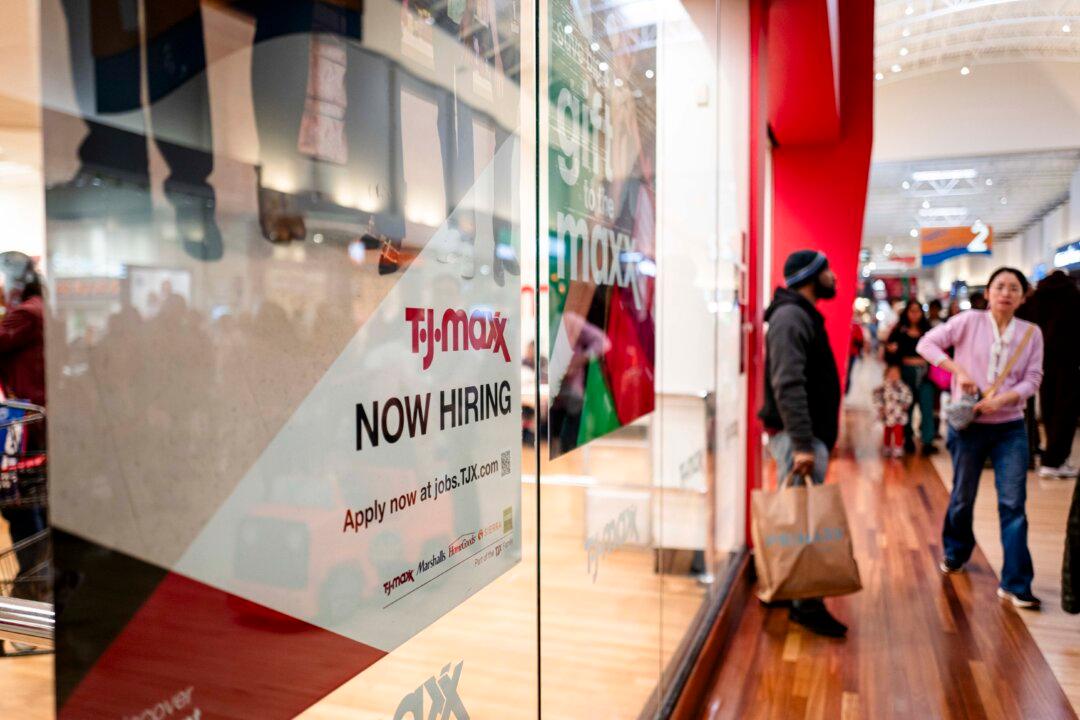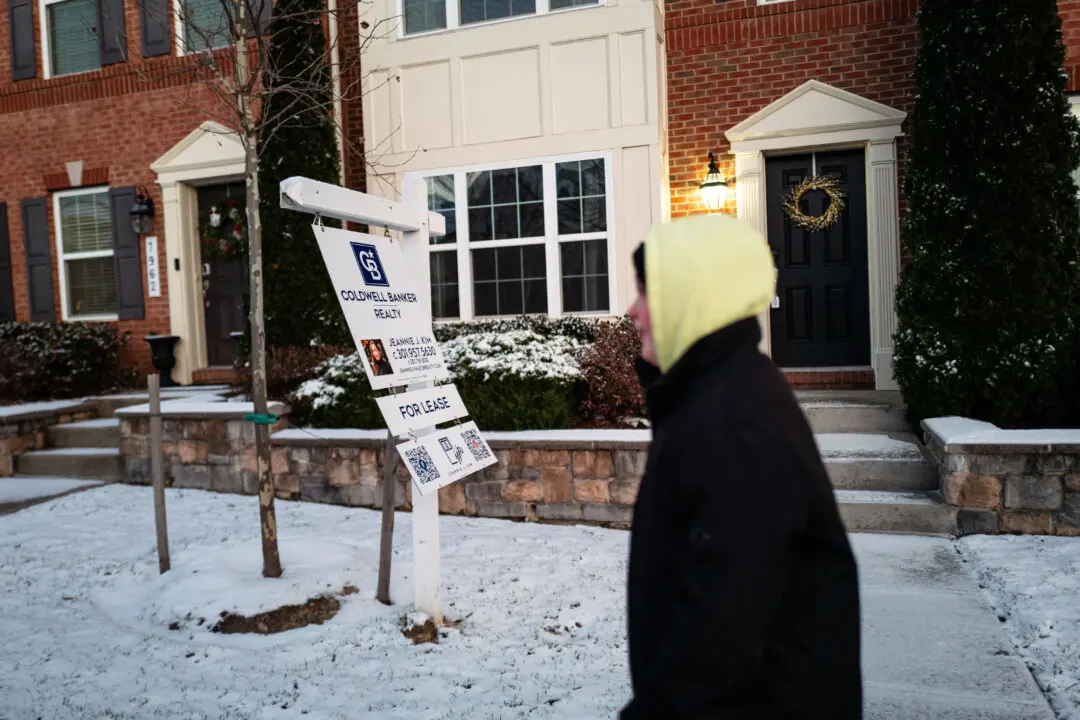The Federal Reserve adopting a loose monetary policy—slashing interest rates and buying Treasurys—for an extended period can lead to “financial turmoil” several years later, the central bank stated in a new paper.
Economists at the Fed Bank of San Francisco published a new study, titled “Loose Monetary Policy and Financial Stability,” (pdf) trying to determine whether accommodative conditions can lead to financial turmoil in the future. The researchers assessed long-term data to figure out if expanding money and credit can birth rampant speculation, raise household debt, and initiate an investment boom and “capital overhang.”





